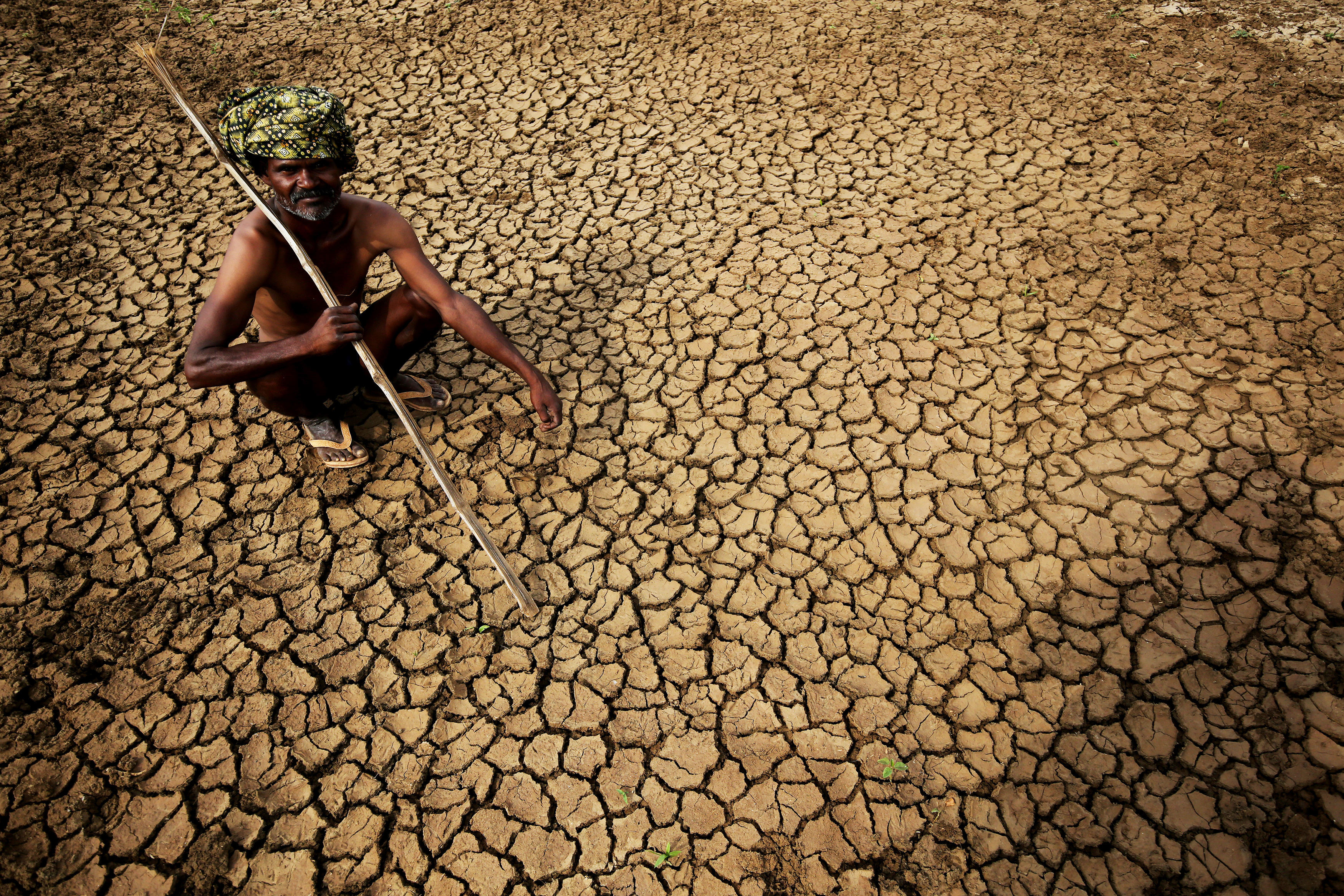India's Sustainability Goals At Risk Because Of Extreme Heat
A new study suggests that climate change-induced heatwaves in India can hinder or reverse the country’s progress in fulfilling the sustainable development goals (SDGs)
By Editorial Team / May 3, 2023

Image Credit: EPA
Recurrent heatwaves have greater socio-economic impact in India than previously known. A study published in PLOS Climate suggested that heatwaves made more likely by climate change may impede India’s progress toward its sustainable development goals.
India has committed to achieve 17 United Nations Sustainable Development Goals (SDG), including no poverty, good health and well being, decent work and economic growth. However, the study found that current climate vulnerability assessments may not fully capture how heatwaves linked to climate change may impact SDG progress. Heatwaves in India are increasing in frequency, intensity and lethality, burdening public health, agriculture, and other socio-economic and cultural systems.
In order to analyse India’s climate vulnerability and how climate change may impact SDG progress, researchers conducted an analytical evaluation of India’s heat index (HI) with its climate vulnerability index (CVI). CVI is a composite index using various indicators to account for socioeconomic, livelihood, and biophysical factors.
For this, the researchers accessed a publicly available dataset on state-level climate vulnerability indicators from the Indian government’s National Data & Analytics Platform to classify severity categories. The researchers then compared India’s progress in SDG over 20 years (2001-2021) with extreme weather-related mortality from 2001-2021.
The researchers found that heatwaves have weakened SDG progress more than previously estimated and that current assessment metrics may not sufficiently capture the nuances of India’s vulnerabilities to climate change impacts. For instance, in estimating HI, the study showed that nearly 90% of the country is in danger zone from heatwave impact. According to CVI, around 20% of the country is highly vulnerable to climate change. Similar effects were observed for the country’s Capital city, where HI estimates showed almost all of Delhi is threatened by severe heatwave impacts, which is not reflected in its recent state action plan for climate change.
Additionally, Andhra Pradesh is in extreme danger in HI, affecting SDG 3 (good health and well-being) and SDG 15 (life on land). However, these SDGs are considered moderate in the CVI classification.
For West Bengal, in the same extreme danger HI range, the SDGs that are most critical and will be severely affected are SDG 3 (good health and well-being), SDG 5 (gender equality), SDG 8 (decent work and economic growth) and SDG 15 (life on land). In this case, the CVI suggests that these SDGs were already stressed in the state. With heatwaves, their fulfilment can further get challenging. Apart from heatwaves, the state is highly vulnerable to flooding and tropical cyclones.
The authors of the study said, “This study shows that heatwaves make more Indian states vulnerable to climate change than previously estimated with the CVI. The heatwaves in India and the Indian subcontinent become recurrent and long-lasting, it is high time that climate experts and policymakers reevaluate the metrics for assessing the country’s climate vulnerability. This offers a scope for developing a holistic vulnerability measure through international cooperation and partnership.”
The authors added that heatwaves are getting more intense in India, putting 80% of the country’s people in danger, which remains unaccounted for in its current climate vulnerability assessment. If this impact is not addressed immediately, India’s progress towards achieving sustainable development goals will be slowed down.
Heatwave in IndiaClimate Change

